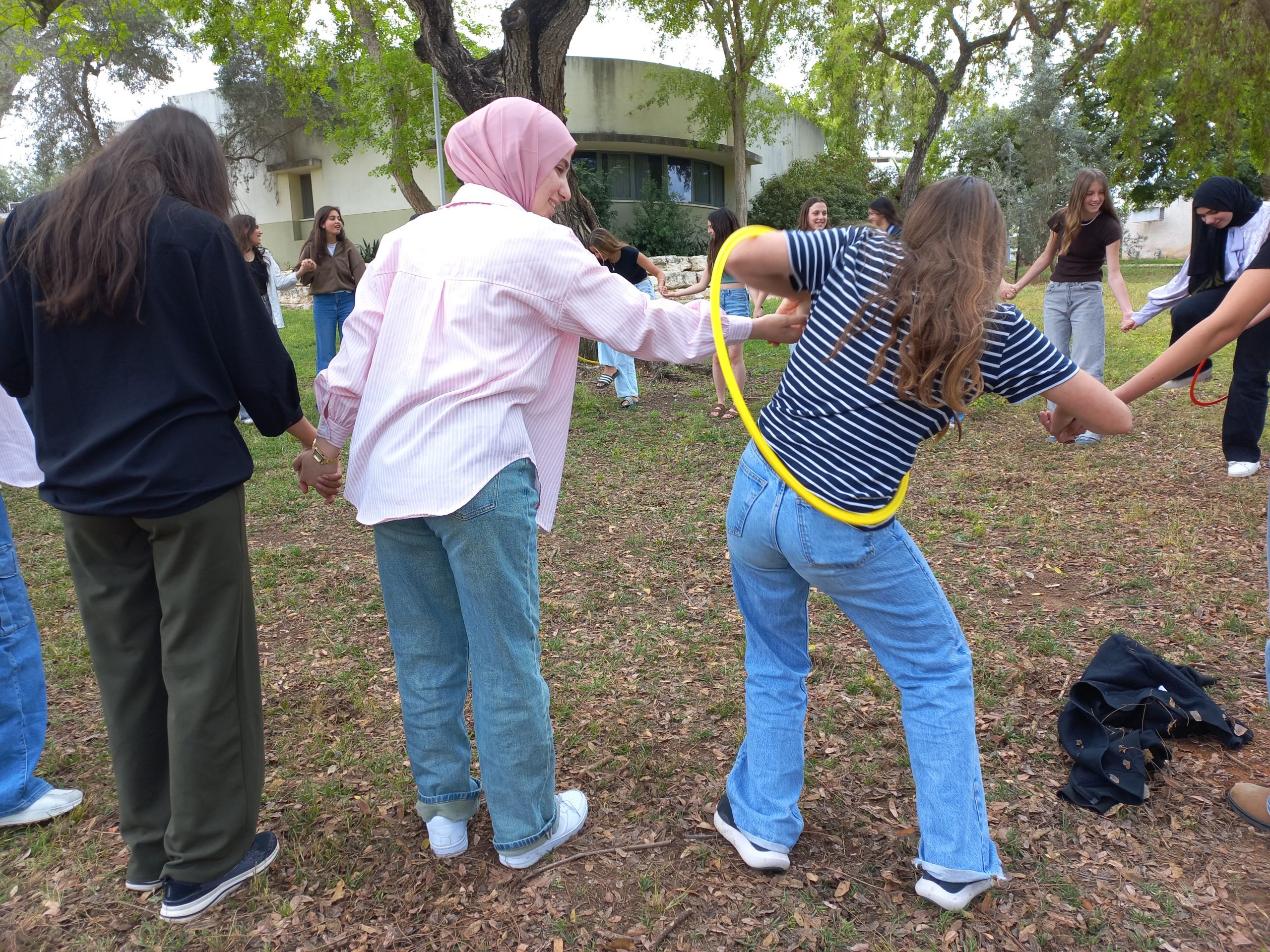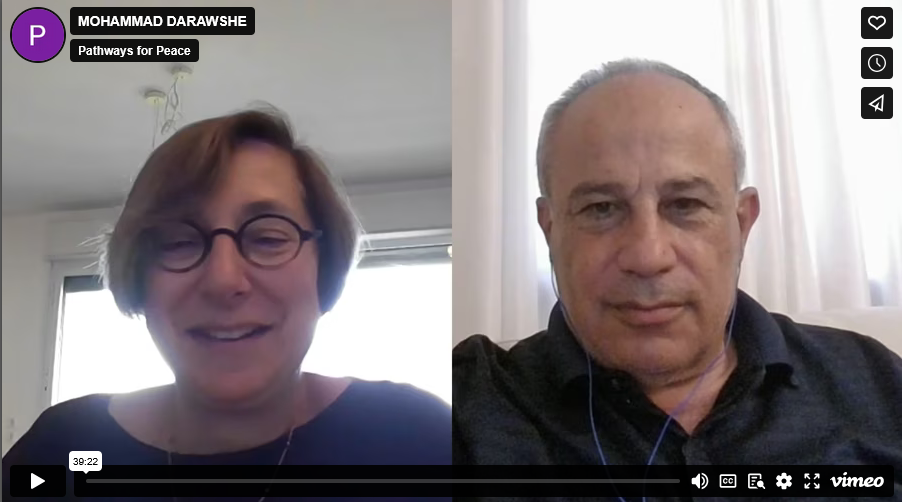In their joint article, published in the journal “Erev Rav”, graduates of the residency program at the Givat Haviva Shared Art Center talk about the value they attribute, as young artists, to the program in which they took part and the works displayed in the group exhibition, “Wild Light.”

Rotem Sharaf, Regarding These Urgent Matters (or How to Explain a Chair), 2025, sound installation. Photo: Tal Bedrak
In 1932, the International Institute for Intellectual Cooperation asked Albert Einstein and Sigmund Freud to conduct a public exchange of letters, in a desperate attempt to calm the winds of war that were once again blowing in Europe. Einstein asked Freud if there was a way to free the human race from the scourge of war: “How can a small gang [of leaders],” he asked, “impose its will on the majority, who are destined to lose and suffer because of the war, and make it serve their ambitions?” After a few months, Freud replied that he was not sure that the human race’s war instinct could be suppressed, but he opened his letter with the words “Brute force is defeated by transferring control to a larger unit, whose members are closely knit and emotionally connected.”
It seems that Freud’s words are still relevant today, as we observe the mechanisms of separation that operate on us. Jews and Arabs are born and educated separately, and although they pass each other in the public sphere almost every day – in hospitals, in academia, on public transportation – unmediated human encounters are near miracles. With this in mind, we, ten young artists, graduates of art institutions in Israel and abroad, chose to take part in a socio-artistic experience, and to participate for three months in the artist residency program of Givat Haviva’s Shared Art Center.
Main photo: Tal Badrak. Reged Suad, Fire Zone 9, 2025. Drawings: pencil on paper, and sculptures in mixed media.





